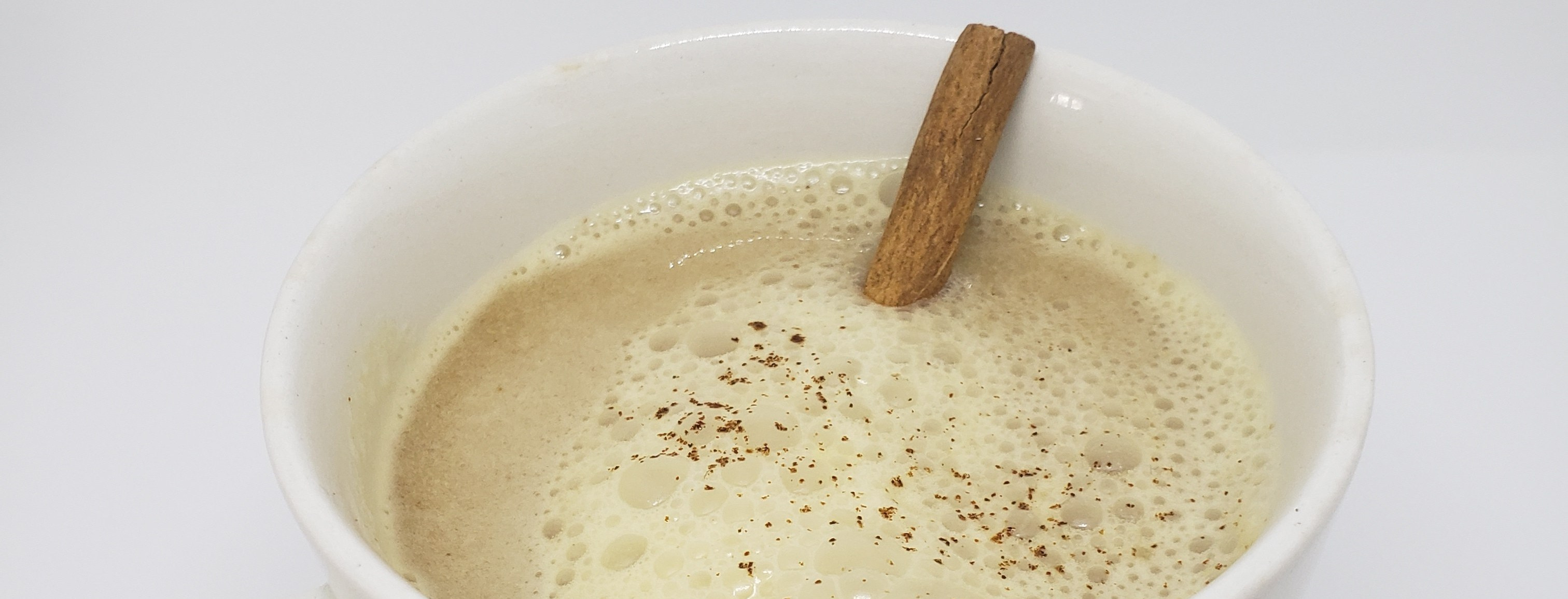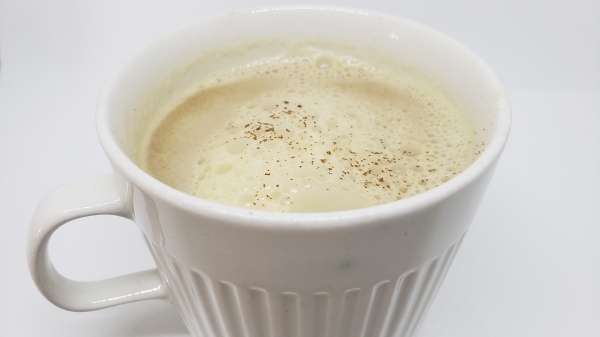Healing and Appreciating… With a Little Help From the Ancestors
Musings Inspired by Pitru Paksha (The Hindu Period of Ancestor Worship)

My mom called me today with a camping update. She was excited to have spent the night sleeping next to the grave of an ancestor. It was a whimsical act born of a passing comment from a local that her cousin had been buried in that area a number of generations ago. Upon learning this, my mom immediately rounded up an elderly resident who had been shown the burial area by his grandfather years ago. Together they approximated the burial spot to an overgrown bramble. She felt compelled to camp as close as possible for no obvious reason.
As I thought about what might have drawn her to spend the night with a cousin who had long passed I remembered that it is now the period of Pitru Paksha (fortnight of the ancestors). A Hindu practice where ancestors are remembered, prayed to and for, consulted, and appeased. In 2020 this takes place between September 1st and 17th. This is a time to contemplate the contributions and sacrifices of those who came before us, to cultivate gratitude, and receive insight that will help us live a better life. We pray for their peace and ask for their help as we invoke their presence.
Given that I am not Hindu I suggest that you consult Hindu texts, or seek clarification from someone who is of this faith, if you are interested in learning more about this sacred time of worship. My understanding would be of a surface depth at best. I am grateful however for Pitru Paksha, and similar ancestor practices from a number of traditions, that remind me to pause and create space for those who have paved the way for my own time on this earth.
Many philosophies teach that imbalance in our internal and external worlds may be the result of an unresolved relationship with an ancestor. In the book It Didn’t Start With You,Mark Wolynn explores the many ways that family trauma may be passed on and expressed in unhealthy cycles of emotion and action. Wolynn explores genetic studies showing physiological and emotional PTSD characteristics passed on to children who were not conceived when traumatic events occurred. In addition to genetic changes, social interactions and family culture can also unwittingly pass on unresolved emotions from one generation to another.

Wolynn suggests reflecting on repeated language habits and expressions in our core language during challenging times. To look into the places in our lives where intentions are at odds with actions. Maybe our behaviours are sometimes irrational because they didn’t start with us.
Holidays such as Pitru Paksha inspire me to contemplate the lives of family members such as my late grandmother. Her first husband, at a young age, died suddenly from a massive heart attack as he was walking down the street. This left her in complete poverty with a house full of young children. Various receptive families “adopted” her children and she moved to a neighboring town to be a servant girl to “earn her keep”. No roads meant that regular (if any) contact with her young children was impossible. As a mother I feel sick and breathless when I think of what she must have endured. The unimaginable and heart piercing sorrow of dropping off sobbing children one by one to households that would probably be extending lukewarm welcomes at best given that they were all struggling with the subsistence existence that was the norm at the time. My Nan eventually met another man (my grandfather) and started a new family. I never heard her speak of this part of her first family experience.

I now sometimes wonder if Nan’s trauma may impact on my own way of interacting with my family. Whether the occasionally powerful resentfulness I felt when my husband slept through diaper changes, or missed a parenting cue was connected to Nan’s feelings of anger at being abandoned (or course in this case it could just be because sleeping through diaper changes is totally uncool in partners, am I right mommas?). OK, obviously me and Nan still have work to do on that bit. Maybe that is why I have once again chosen to spend this September meditating with my Nan and sending her love and healing. When I do, I feel as though she is sending me back love and appreciation. I sense that she is grateful and soothed by my acknowledgement of her pain. As if we have become partners in our healing experiences.
I am wondering if my mother was called by my late cousin to sleep in close proximity of her grave for such a healing session. Maybe this cousin from our past had a message to share, a gift to give, or a request to make.
With a couple more days of Pitru Paksha remaining I invite you to spend some time with your ancestors. We are at the end of a long line of genes, experiences, loves, hurts, and accumulated wisdom. In whatever setting or ritual that works for you I implore you to listen to their whispers, send them love, and ask them for direction.
It might be helpful to draw a family tree and note anything you know about each person’s life that stands out. Then close your eyes, focus on your breath, and create space for flow. This is not an intellectual process. Resist choosing a specific person. Wait for your body and heart to be touched by an ancestor, maybe someone from the family tree you drew, or possibly someone else who simply sensed that now is a time for valuable connection. Journaling your experience afterwards can help to reinforce insights and explore meaning.
I am tempted to end by saying something like “Happy Pitru Paksha” but I have no idea if people actually say things like that on Pitru Paksha so I will instead wish you a powerful and fulfilling visit with whomever answers the prayer of your soul.





















